The 10 Hottest Microsoft Azure Tools Of 2021 (So Far)
Microsoft Azure has undergone a rapid rate of advancement and transformation—from a tool to bridge public and private cloud implementations to a fully managed NoSQL database service for modern app development. Here are CRN’s picks for the 10 hottest Microsoft Azure tools so far this year.
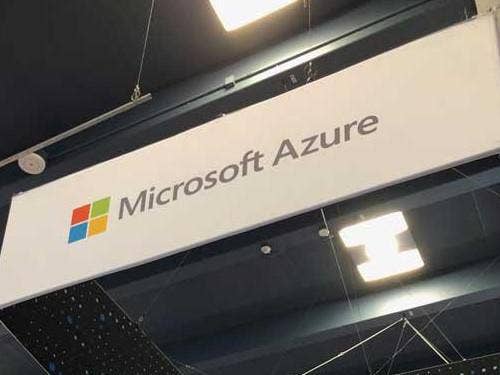
Research firm Gartner continues to put the Microsoft Azure cloud at No. 2 in the ongoing cloud war to take market share from rival Amazon Web Services. But Microsoft’s heavy investment in new Azure tools could some day make Azure top dog.
From a tool to bridge public and private cloud implementations to a fully managed NoSQL database service for modern app development, Azure has undergone a spellbinding rate of advancement and transformation, even just in the first half of the year.
Microsoft partners continue to hail ongoing and new business opportunities with Azure as Microsoft introduces more dev tools, administrator services and use cases.
“Azure continues to be a growth area,” Mike Wilson, chief technology officer at Mason, Ohio-based Microsoft partner Interlink Cloud Advisors, told CRN. “The adoption curve in that area is you start moving to more and more Software as a Service, eventually reaching the point where the infrastructure that‘s left becomes less of an ROI to host internally, so you move things into Azure, start to take advantage of the transformational nature of that, and services like Windows Virtual Desktop—now Azure Virtual Desktop—you’re in technologies we’re seeing a lot of excitement about.”
Keeping up with the new integration and capabilities can be difficult, so CRN is revealing some of the more fascinating Azure tools of 2021 so far. Here’s what partners need to know.
For more of the biggest startups, products and news stories of 2021 so far, click here.
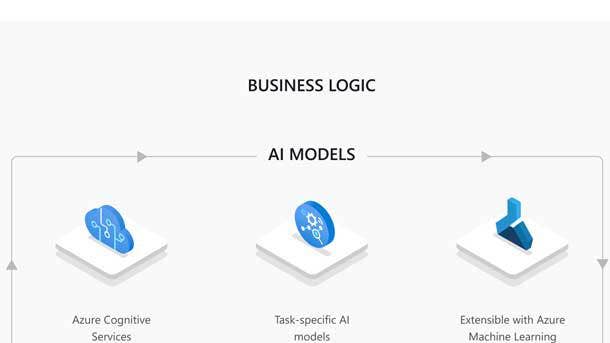
Azure Applied AI Services
At Build 2021, Microsoft unveiled the grouping of several Azure AI services as well as Azure Cognitive Search, Azure Form Recognizer and Azure Immersive Reader into a new Azure AI category that it’s calling Azure Applied AI Services. The services build on the cognitive APIs from Azure Cognitive Services and Azure ML, accelerating development of AI offerings by providing additional task-specific AI and built-in business logic, according to Redmond, Wash.-based Microsoft.
“The goal with Azure Applied AI Services is to provide a bit more packaging and structure to really accelerate the development of AI solutions for common business processes,” Eric Boyd, corporate vice president of Microsoft Azure AI, said in a blog post at the time. “We see this category of ‘How do you package and combine and simplify these things?’ really speaking to people understanding that there’s tremendous power in what AI can do and saying, ‘I need to bring that to all areas of my business.’”
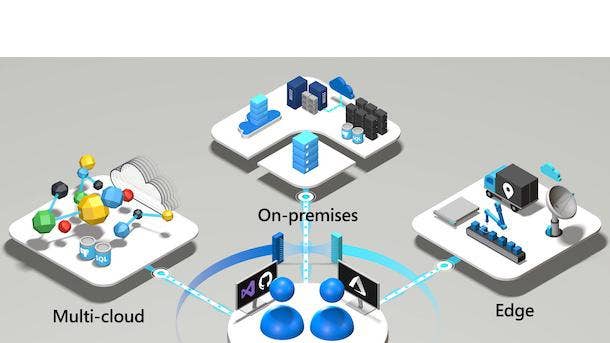
Azure Arc
This tool for managing various public and private cloud implementations has proven popular among end users who need a bridge between different cloud environments, Bob Bailkoski, CEO of Microsoft partner Logicalis Group, told CRN in June.
“More and more these days, we’re seeing customers not wanting to depend on one public cloud provider,” Bailkoski said. “And therefore, the concept of multi-cloud, whether that’s private and public, or multiple public cloud providers, is becoming more and more prevalent. But the good thing is that Microsoft has openly acknowledged that.”
In May, Scott Guthrie, executive vice president of the Microsoft Cloud and AI Group, unveiled at Microsoft Build the ability to run Microsoft database services on top of Arc.
“The combination of all of this gives you just tremendous flexibility to again build solutions so that ultimate portability can be used everywhere,” Guthrie said. “With Azure Arc, you have a single pane of glass for management and operations and monitoring. … Azure Arc works with any CNCF [Cloud Native Computing Foundation]-conformant Kubernetes cluster, which makes it possible to use Azure application services, data services and infrastructure services literally anywhere to accelerate your innovation faster.”
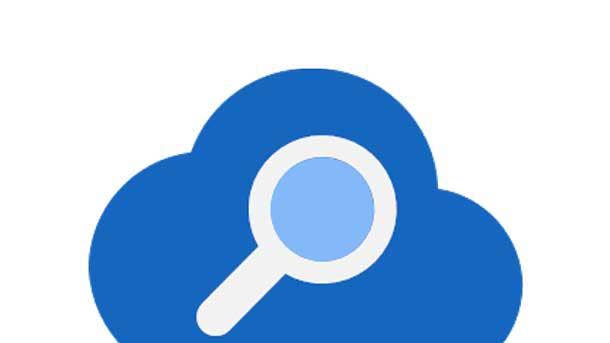
Azure Cognitive Search
Microsoft launched a preview of Azure Cognitive Search in March, giving select users a look at the same capabilities powering Microsoft’s Bing search engine now being used to give organizations semantic search capabilities based on user intent, not just keywords.
Cognitive search uses natural language models, concept matching, synonym search and other techniques for better search results.
In April, the tech giant unveiled a new integration between Azure and Sinequa, a tool to simplify searches across enterprise applications no matter the source, format, language or location. Sinequa for Azure integrates Azure Cognitive Services to help turn data into searchable information and provide answers to natural language queries.
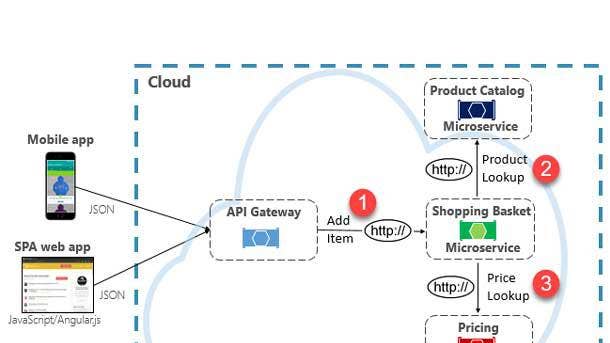
Azure Communication Services
Earlier this year, Microsoft unveiled new features in Azure Communication Services, a tool to allow customers to build communications services with the same platform used by Microsoft Teams.
Among the announcements was a user interface (UI) library with options such as prebuilt composites or specific UI components to build a custom communication experience and simplify the cross-channel user experience within their apps. Future plans called for direct routing for developers, extending their existing telephony infrastructure to the calling capabilities built with Azure Communication Services.
Select developers also received the ability to add voice and video calling capabilities to native apps running on Windows, enabling rich communication experiences for desktop PCs, Xbox, mixed-reality headsets, HoloLens, IoT devices and more.

Azure Cosmos DB
Azure Cosmos DB is Microsoft’s fully managed NoSQL database service for modern app development. In June, Microsoft made a new capability generally available so that Cosmos DB users can diagnose query performance by viewing the query in full text within Cosmos DB diagnostics logs.
In May, developers gained improved ability to modify specific fields or properties within a document without requiring a full document read and replace.
Azure Cosmos DB serverless became generally available for all APIs—Core, MongoDB, Cassandra, Gremlin and Table—allowing developers to optimize costs and more easily run certain apps.
“Serverless charges are only for the resources consumed, making it a great deployment option for applications with spiky traffic patterns,” JG Chirapurath, Microsoft’s vice president of Azure data, AI and edge, said in a blog post at the time.
Microsoft gave Linux developers the ability to build, test and learn on Azure Cosmos DB free and locally on their Linux and macOS machines through a free local Linux emulator download of Azure Cosmos DB that doesn’t require an Azure subscription.
Select users received a preview at the time of Azure Cosmos DB integrated cache to optimize costs for read-heavy workloads by setting up an integrated cache in their Azure Cosmos DB accounts.
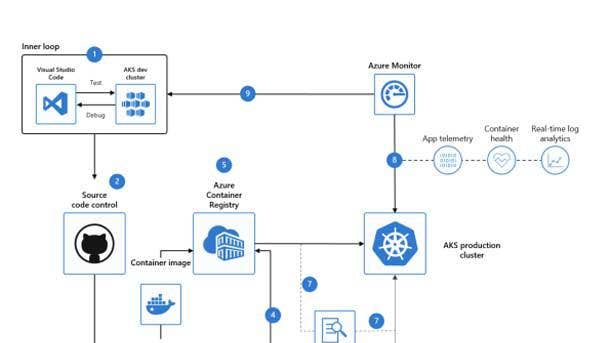
Azure Kubernetes Service
Azure Kubernetes Service (AKS) is Microsoft’s secure, fully managed Kubernetes service for application building, delivery and scaling. In June, Microsoft made an enterprise-scale landing zone reference implementation generally available for AKS.
The AKS tool gained a new integration earlier this year with Azure Stack HCI, Microsoft’s cloud-connected, hyperconverged infrastructure operating system delivered as a service. Developers and administrators can use AKS on Azure Stack HCI to build, deploy and manage containerized apps in their data centers and at edge locations.
In February, Microsoft made a set of recommendations for Kubernetes workload protections generally available. The new feature means every request to the Kubernetes API server is monitored against a predefined set of best practices when users install the Azure Policy add-on for Kubernetes in their AKS cluster.
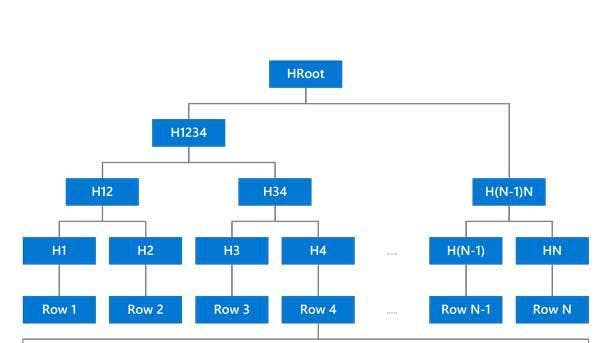
Azure SQL Database Ledger
Microsoft’s Azure SQL Database Ledger provides cryptographic evidence that centralized data stores haven’t been tampered with. The ledger aims to use decentralized blockchain technology to save on cost, time and performance overhead.
The tool was put into public preview in May alongside the Azure Confidential Ledger tool, which uses an open-source CCF network, runs within confidential computing, provides access to performant infrastructure and allows organizations’ CIOs and CTOs to engage more with low-trust parties to minimize security breaches and improve metadata integrity.
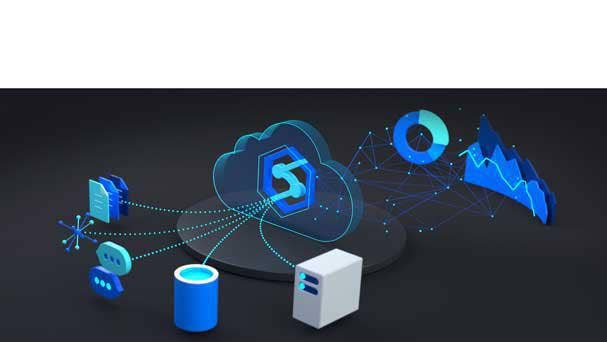
Azure Synapse Pathway
The Azure Synapse Pathway tool was introduced in March at Microsoft’s Ignite conference to speed up migration from legacy or cloud data warehouses to Azure Synapse Analytics.
The tool scans source systems and automatically translates existing scripts into Transact-SQL (TSQL), which adds transaction control, exception and error handling, declared variables and other features to Structured Query Language (SQL). It can automatically translate more than 100,000 lines of SQL code in minutes and help customers migrate from Teradata, Snowflake, Netezza, AWS Redshift, SQL Server and Google BigQuery.
Azure Synapse unites data integration, enterprise data warehousing and big data analytics for real-time insight.
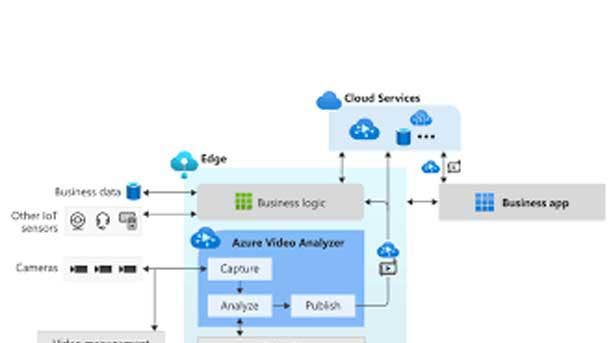
Azure Video Analyzer
Microsoft gave select users a look at its Azure Video Analyzer tool earlier this year. Video Analyzer brings Live Video Analytics and Video Indexer into a single service to help developers quickly build AI-powered video analytics from stored and streaming videos.
Live Video Analytics allows developers to build intelligent video-based apps using their choice of AI, while Video Indexer automatically extracts advanced metadata from video and audio content. Azure Video Analyzer use cases include workplace safety, in-store experiences, digital asset management and content monetization.
In a June post, Microsoft said that Azure Video Analyzer can ingest video from CCTV (closed-circuit TV) and IP-based cameras, analyze live video with AI, and publish the results to Azure in the cloud or at the edge.
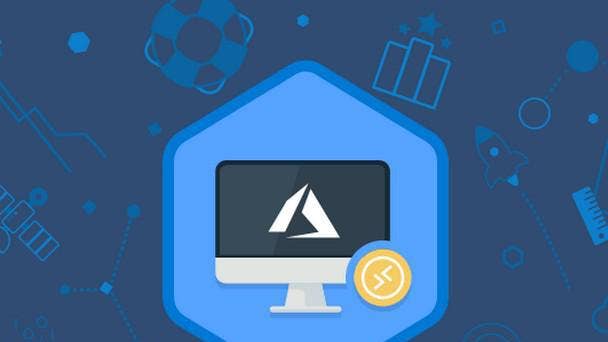
Azure Virtual Desktop
The Microsoft platform for virtual desktop infrastructure received a rebrand in June, dropping the “Windows” name and going with “Azure.” AVD also gained new features to improve security and management for users, such as enhanced Azure Active Directory support.
Microsoft also said users will have the ability to enroll virtual machines automatically with Microsoft Endpoint Manager, making deployment easier and reducing the need for a domain controller.
Microsoft partners have seen a huge boost in virtual desktop demand amid the shift to remote working. They previously told CRN that more integrations for Azure Virtual Desktop will help users to adopt the platform. Phil Walker, CEO of Network Solutions Provider, a Microsoft partner based in Manhattan Beach, Calif., said he hopes to see more integration between Azure Virtual Desktop and Microsoft 365.
“That’ll help grow adoption,” Walker said. “Customers want tools that will help them with efficiency and productivity in this new digital economy.”